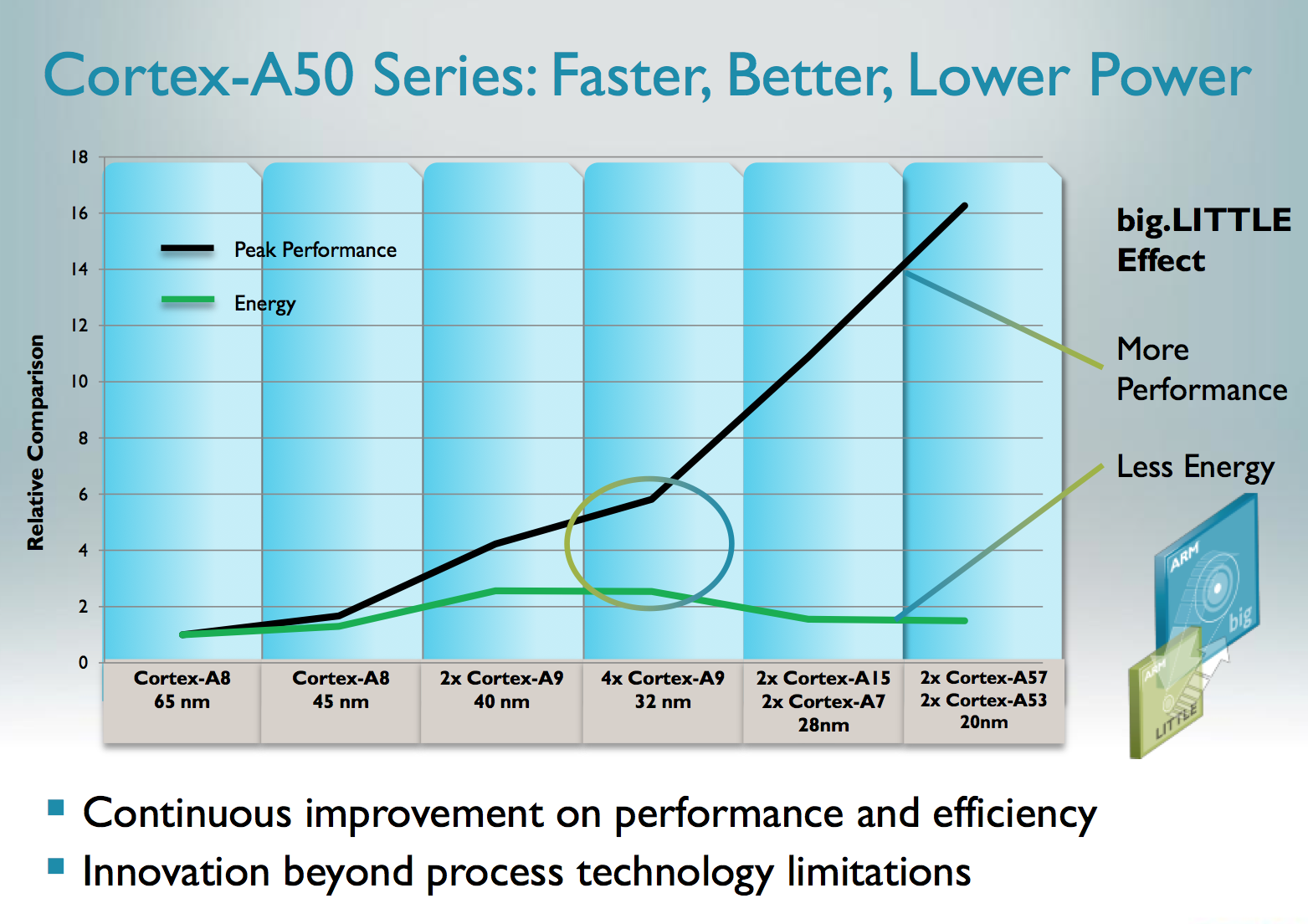... how is my argument not "reasonable"? ...
I know you guys like to blow exophase but atleast pretend like it isn't happening...
Ok so, your big gripe here is that ARM can't run some x86 binaries for which we no longer have source. Or in the cases of the software you're thinking of,
never ever could have had the source code. This is the big horrible for sticking to ARM.
First off, that's basically a cheap shot at us being largely open source
as a philosophy. That's the rough equivalent of convincing a vegetarian that they should eat meat because they'll get protein and nutrients they could never get with just vegetables (let's assume for sake of argument that meats have certain qualities not achievable by eating vegetables or other non-meat foods). Why can't they just be a vegetarian? Is it harming their health? No. Why can't we be just ARM? Is it harming our "health" as an open source handheld? No.
Plenty of other devices out there have ARM, they're doing fine as well.
Point to you a list of closed source software for a (largely) open source handheld? Holy crap dude, where is your head right now?
Secondly, your assumption that Exophase will open source his stuff is extremely disrespectful. The proper approach is to assume that the developer
will not open source it because that shows respect for the work that they've done. But you've already shown that you hold no respect for the packages that we already have, so this comes as no surprise here. I wonder if there are any developers anywhere that draw your respect, or if you just assume that the work will just automagically be done by the next developer.
Exophase could stop working on his emulators today, and delete all of the source code. He's already stated he's going to sell DraStic on Android, so it's proprietary. You want closed source? Look no further, but apparently you really can't see through those glasses anyway.
Thirdly, you play victim after laying out personal attacks, which not only undermines whatever remaining credibility you have, but it makes you look like -- well, I won't say it, but you should have thicker skin for the nature of the content in your posts. So please grow some.
Fourth, even assuming we were x86, there'd be no guarantees on getting all those precious
closed source binaries for x86 to run at the proper screen resolution, utilize the peripherals and hardware, and good luck troubleshooting system crashes. All of these are potential obstacles for those packages you push so hard for running on P2. Some new games aren't even compatible with integrated Intel graphics or known system hardware, what's to guarantee these old games and software no longer being developed will work with what we get for a processor? x86 is just one piece of it, it's not a panacea by any means.
I'll be reasonable though: yes, I'm sure you could get some and perhaps many apps to run admirably if we moved to x86.
Lastly, and I could go on but I'll end with this, you really don't know what you're talking about when it comes to software.



